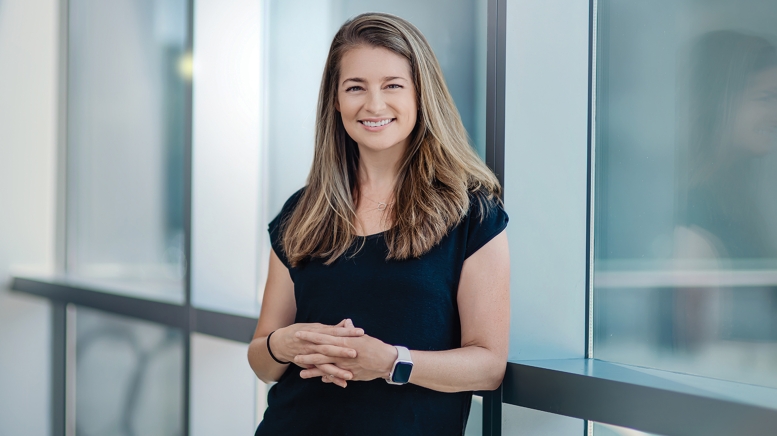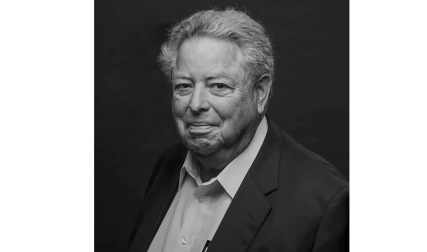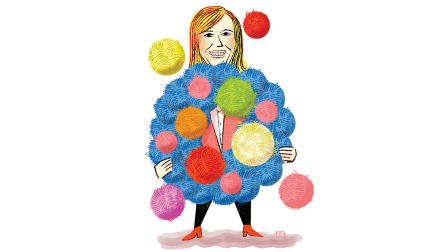When children are separated from their parents at the border or because of an immigration raid, the trauma can have long-lasting effects, according to Dylan Gee, a psychology prof who directs the Yale Clinical Affective Neuroscience & Development Lab. She studies the underlying changes in emotional learning and behavior during childhood and adolescence and treats the stress-related disorders that can emerge.
“Timing matters,” Gee says, noting that kids are more vulnerable to exposure to adversity early in life—a sensitive period when their developing brains are especially “plastic.” “A stressor that occurs at age 5 affects a very different brain than a stressor that occurs at age 15,” she says.
Her interest in the field began when she participated in the College’s Directing through Recreation, Education, Adventure, and Mentoring (DREAM) program for kids living in low-income housing. So did her husband, David Anderson ’04, vice president of the Child Mind Institute in New York City. They have a son, 9, and daughter, 6.
“One of the things that’s fascinated me and driven a lot of the work in the lab is the paradox of the plasticity in the developing brain,” says Gee. “It means that the brain and the child are more vulnerable to stress and trauma, but it also means that they’re more amenable to intervention. In these windows of heightened plasticity, the question is how can we intervene and promote results in a good way.”





